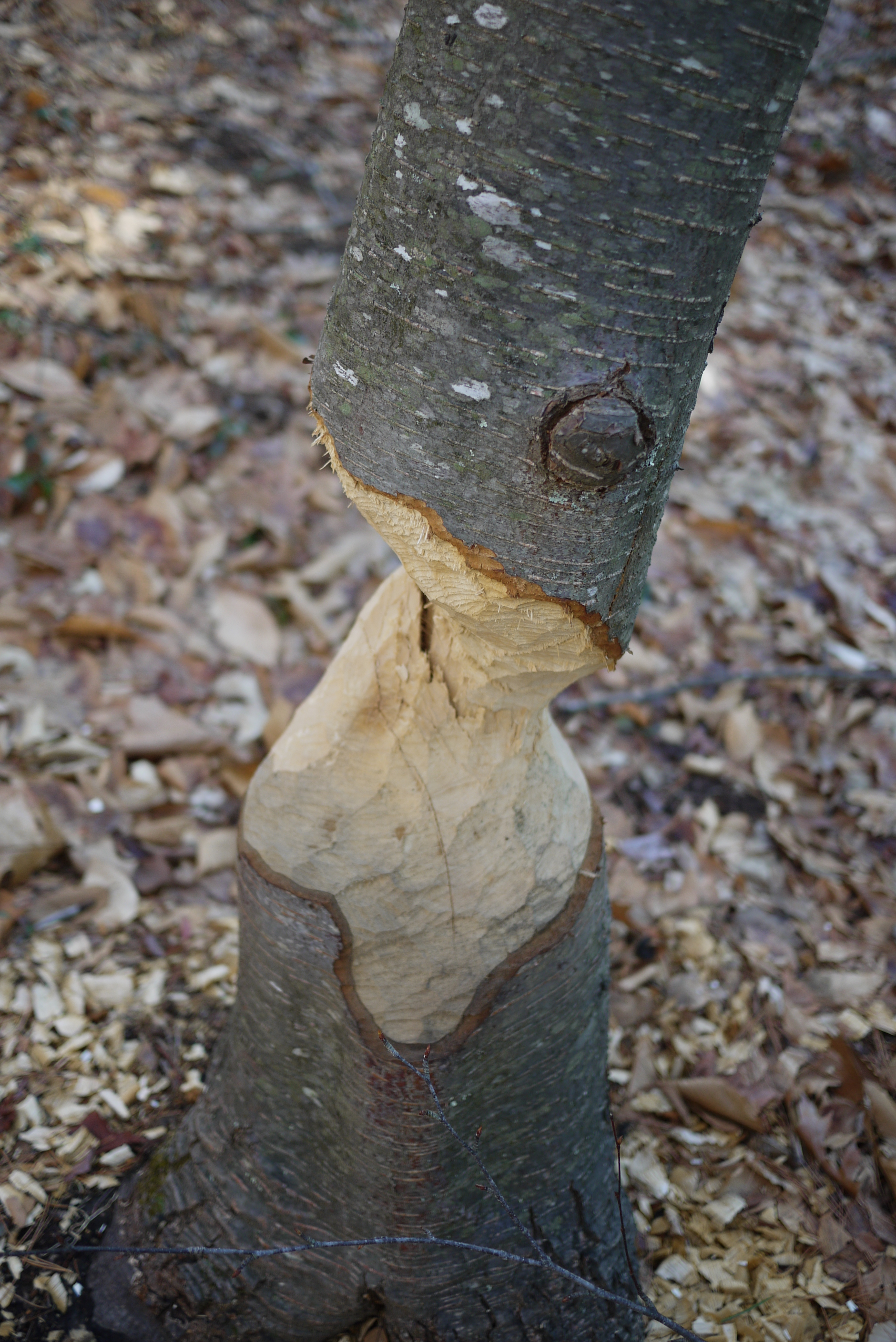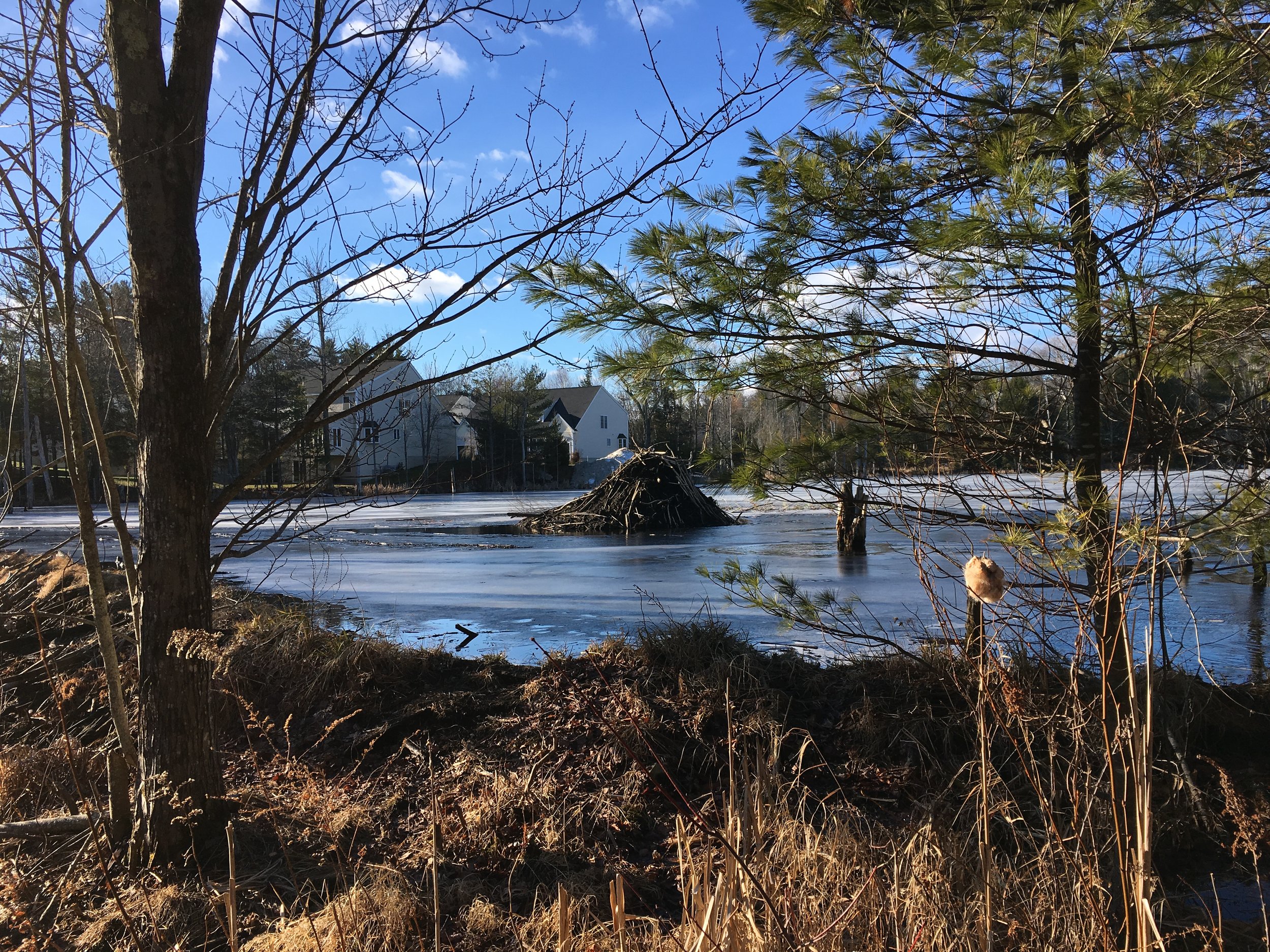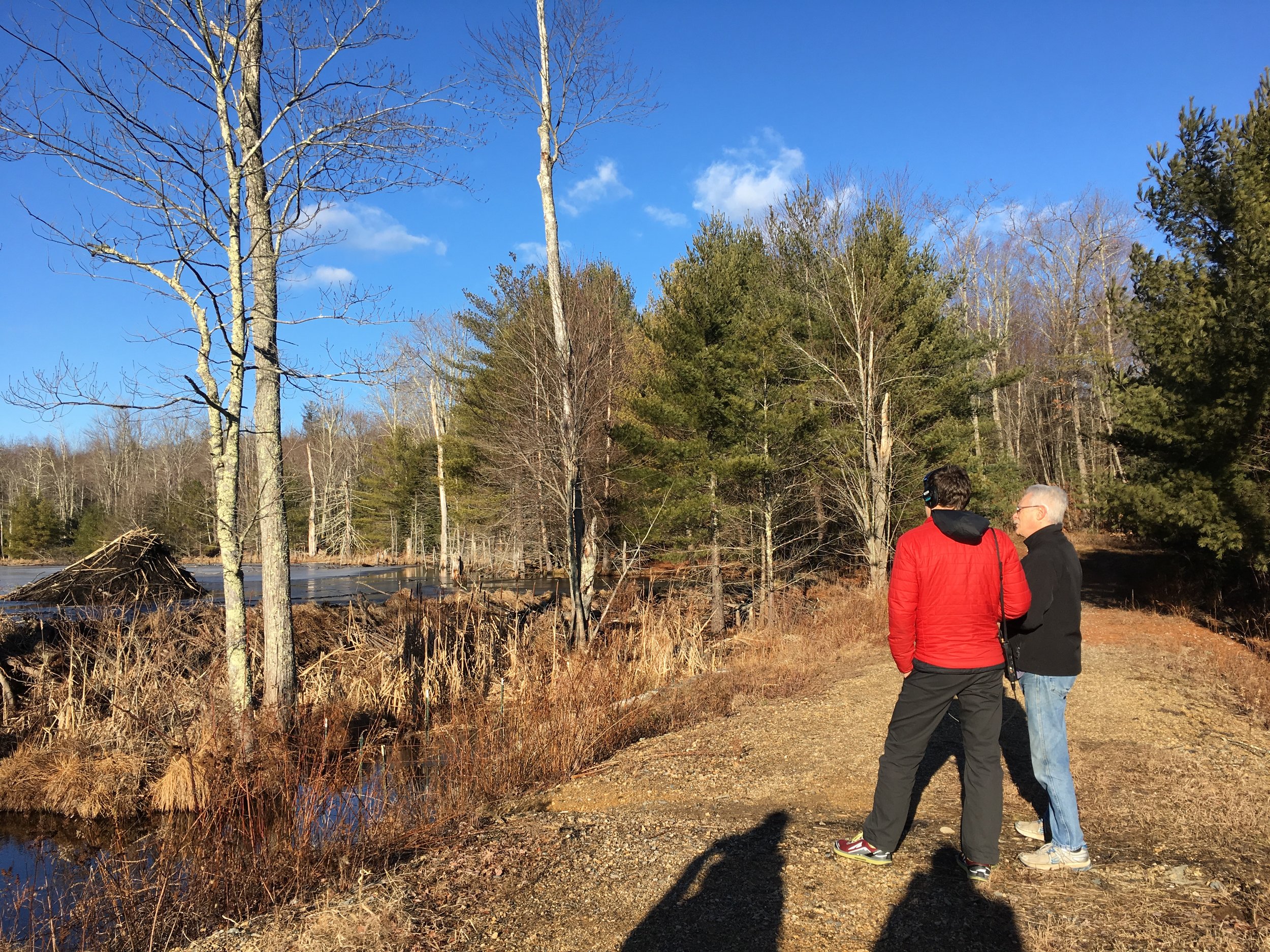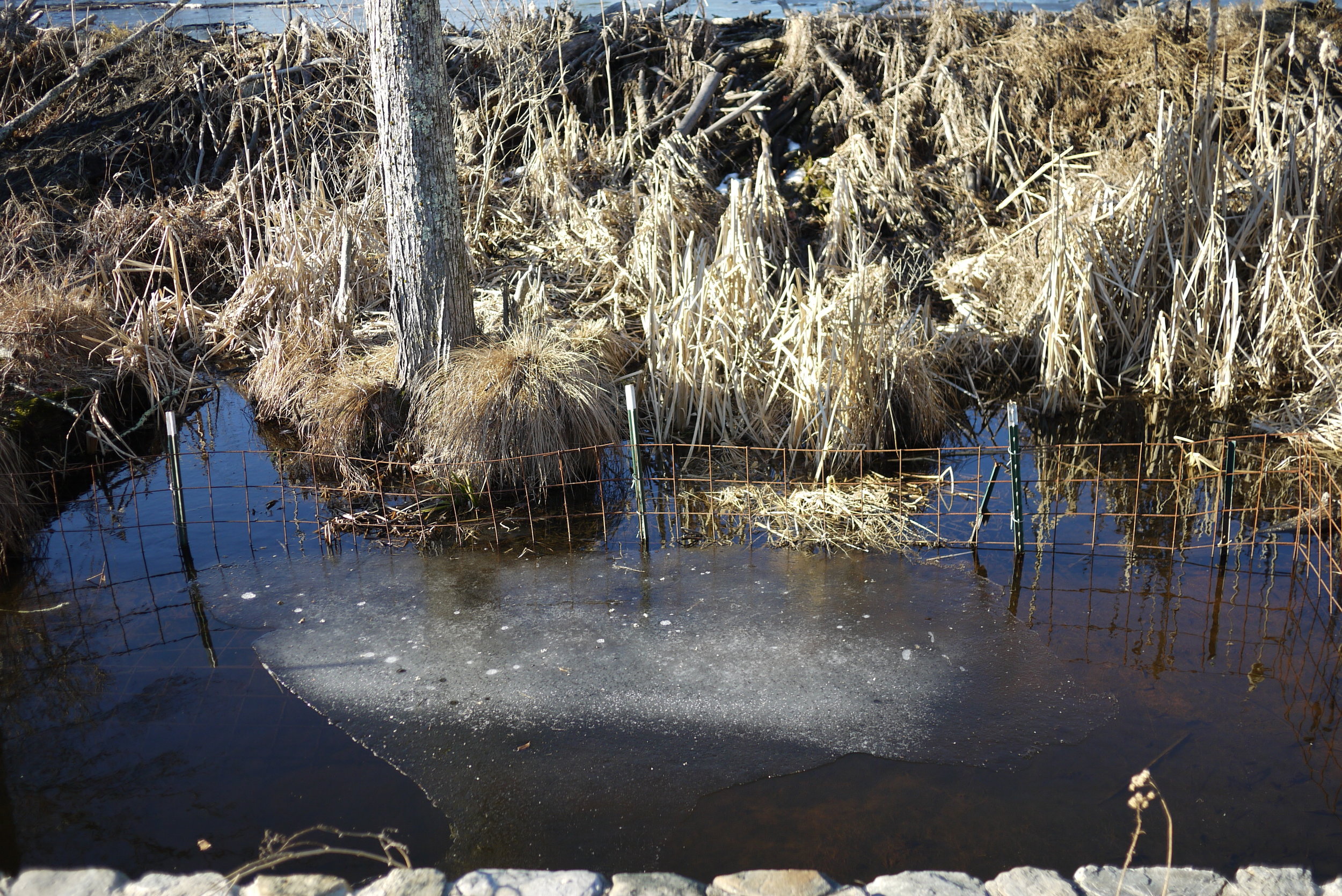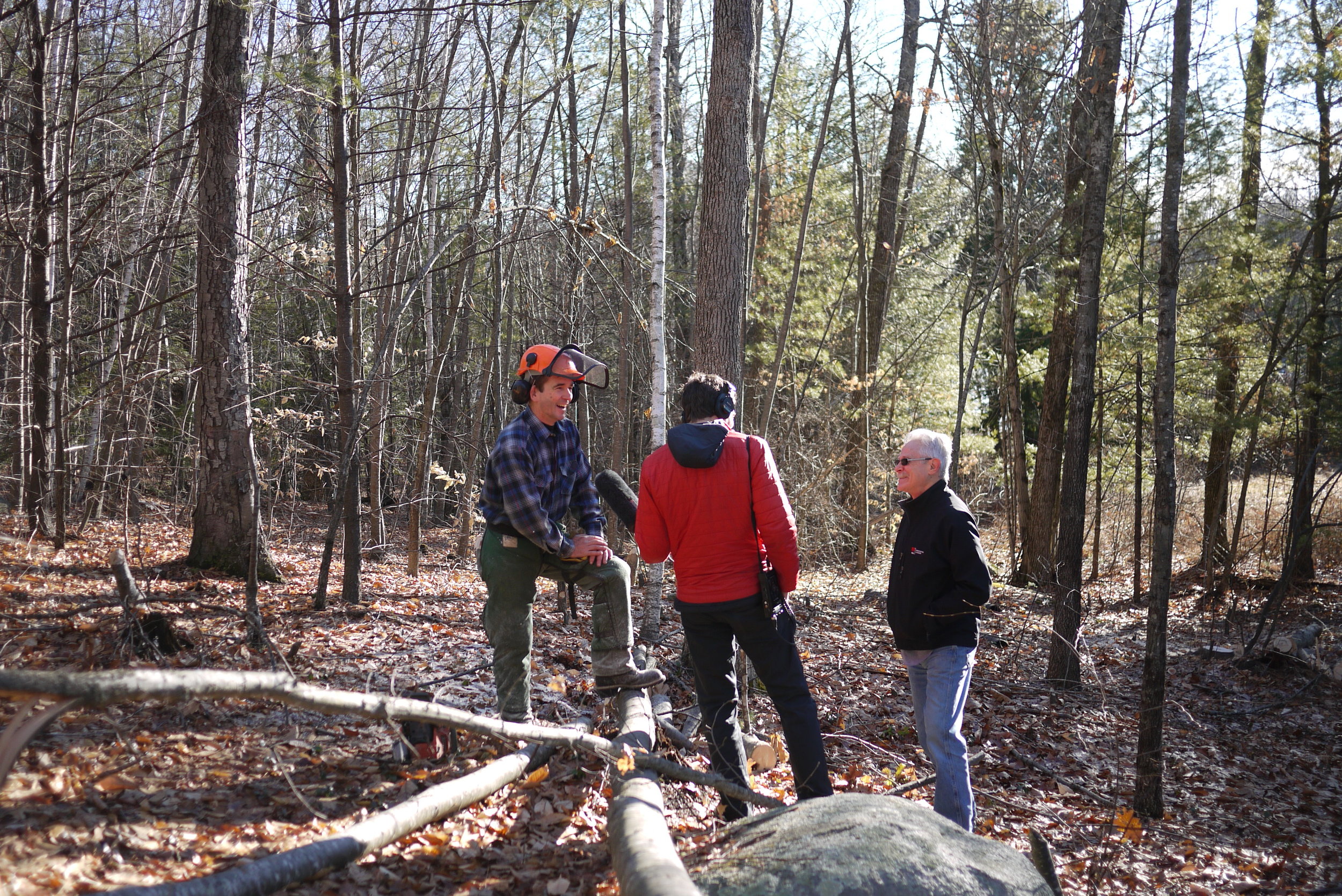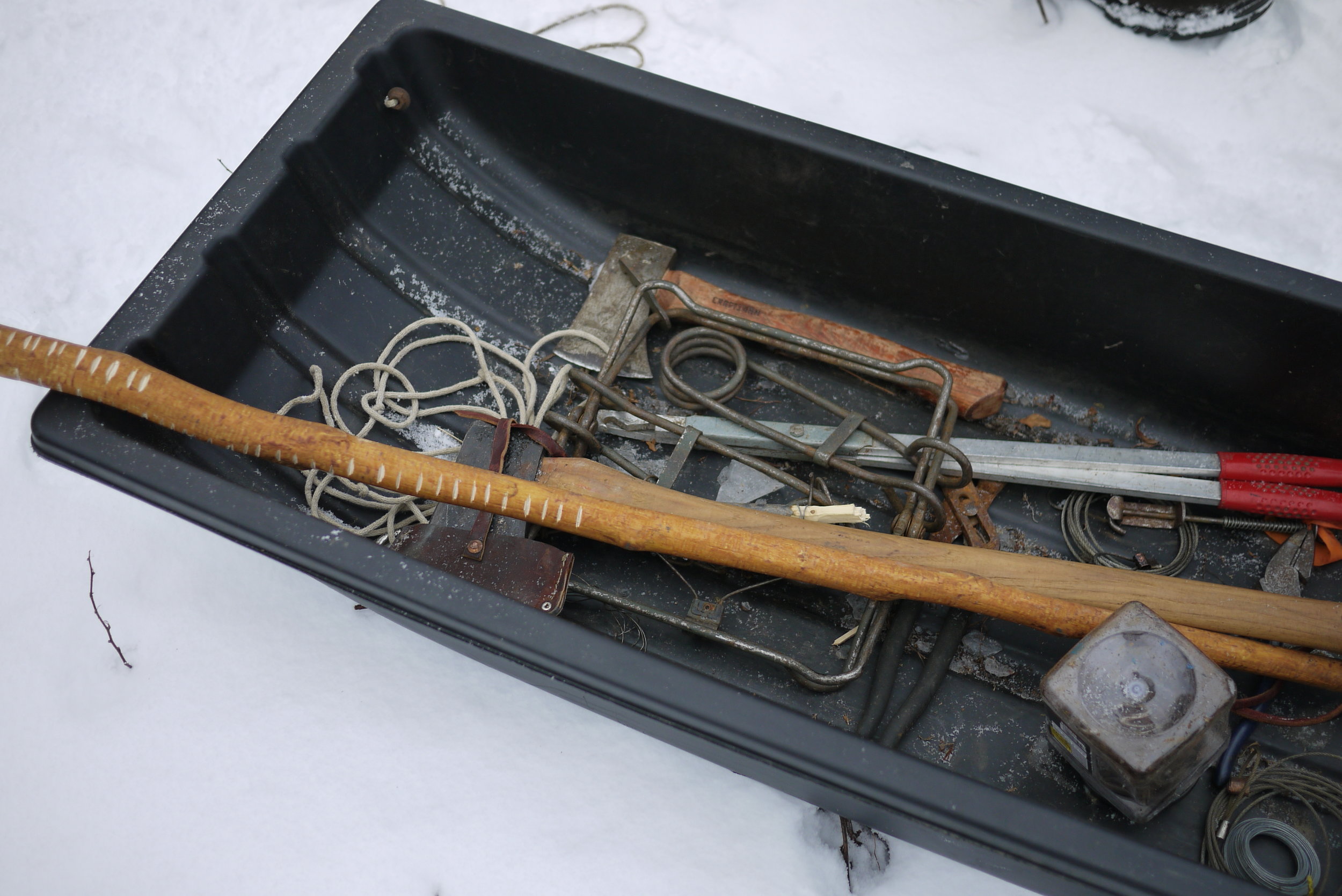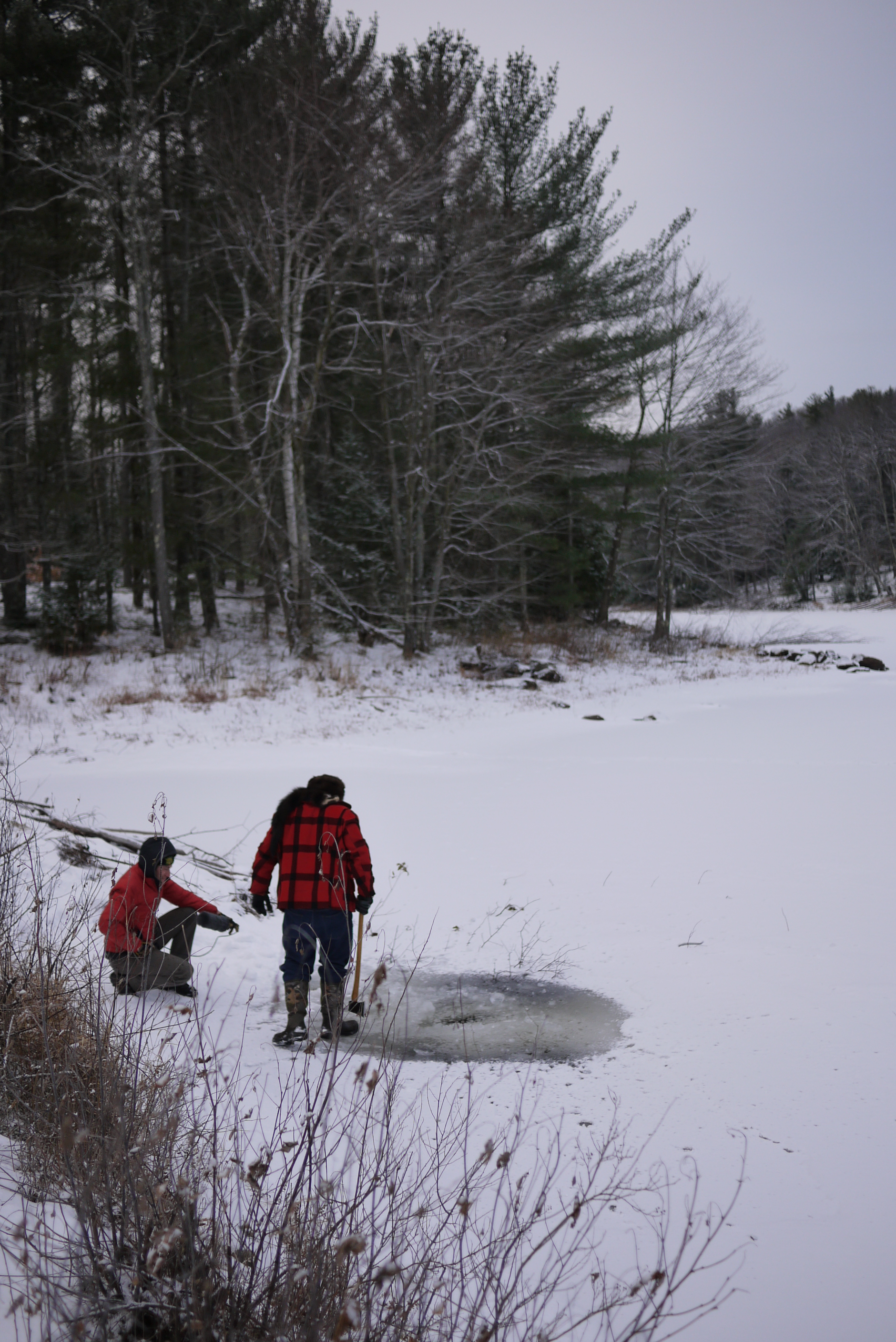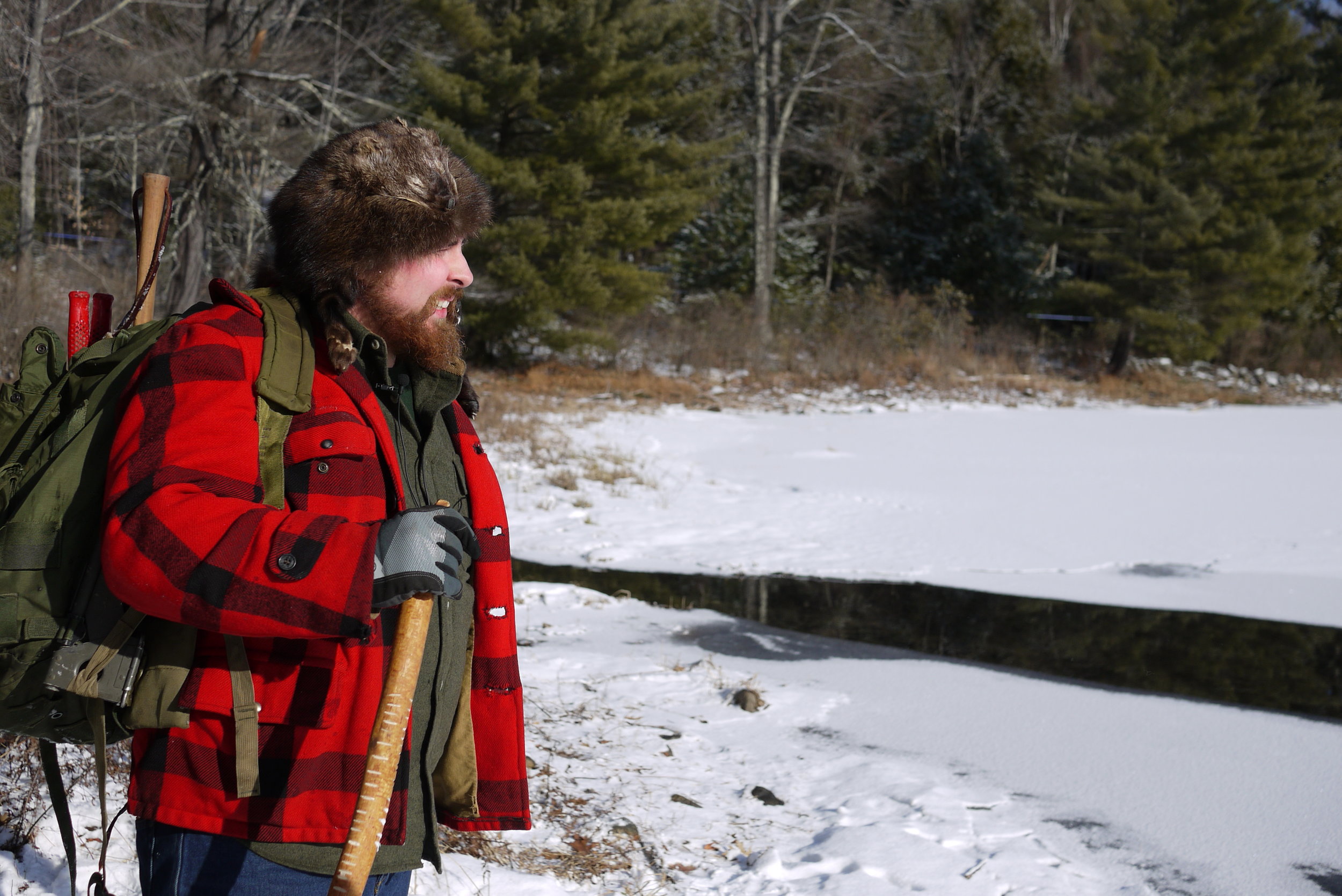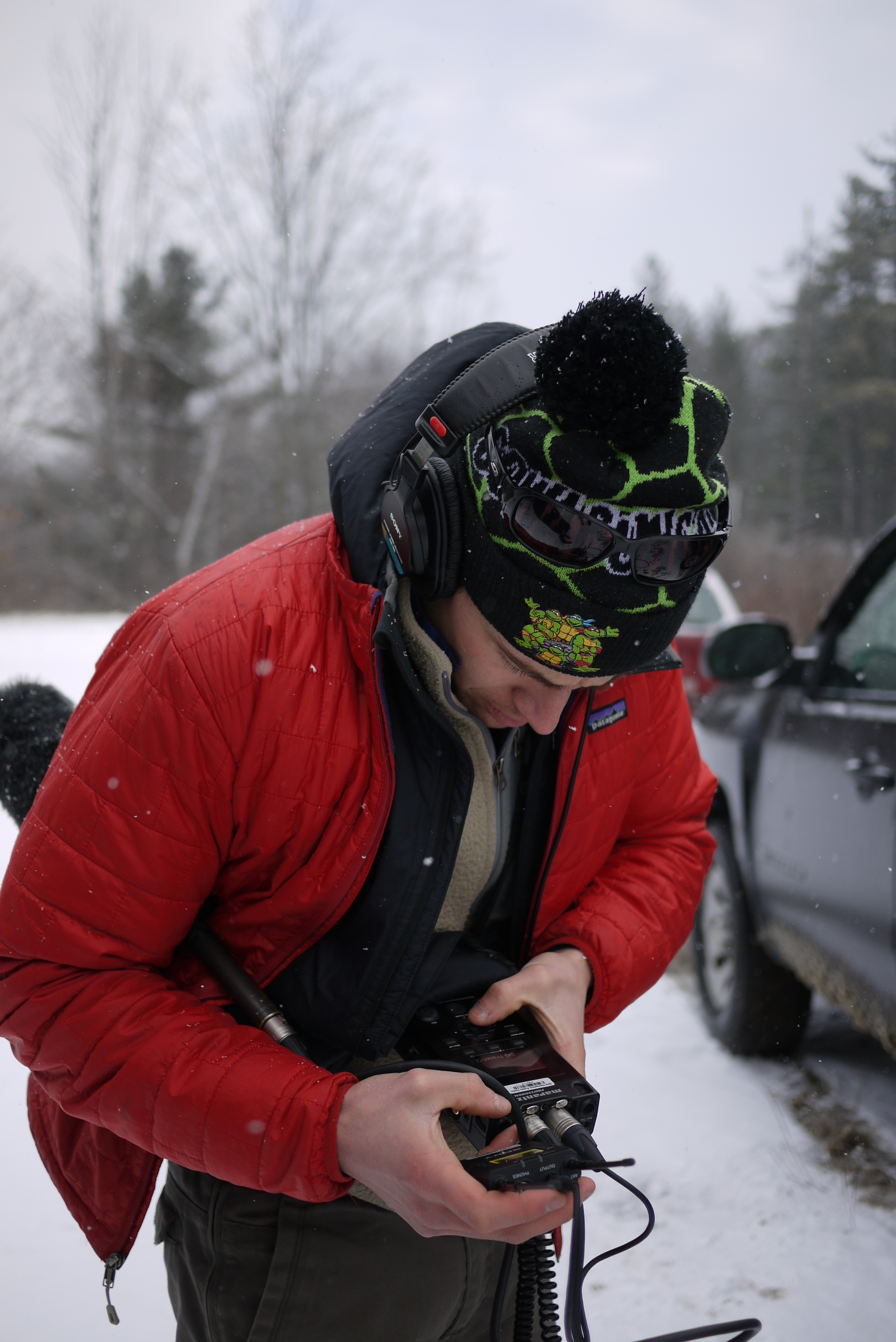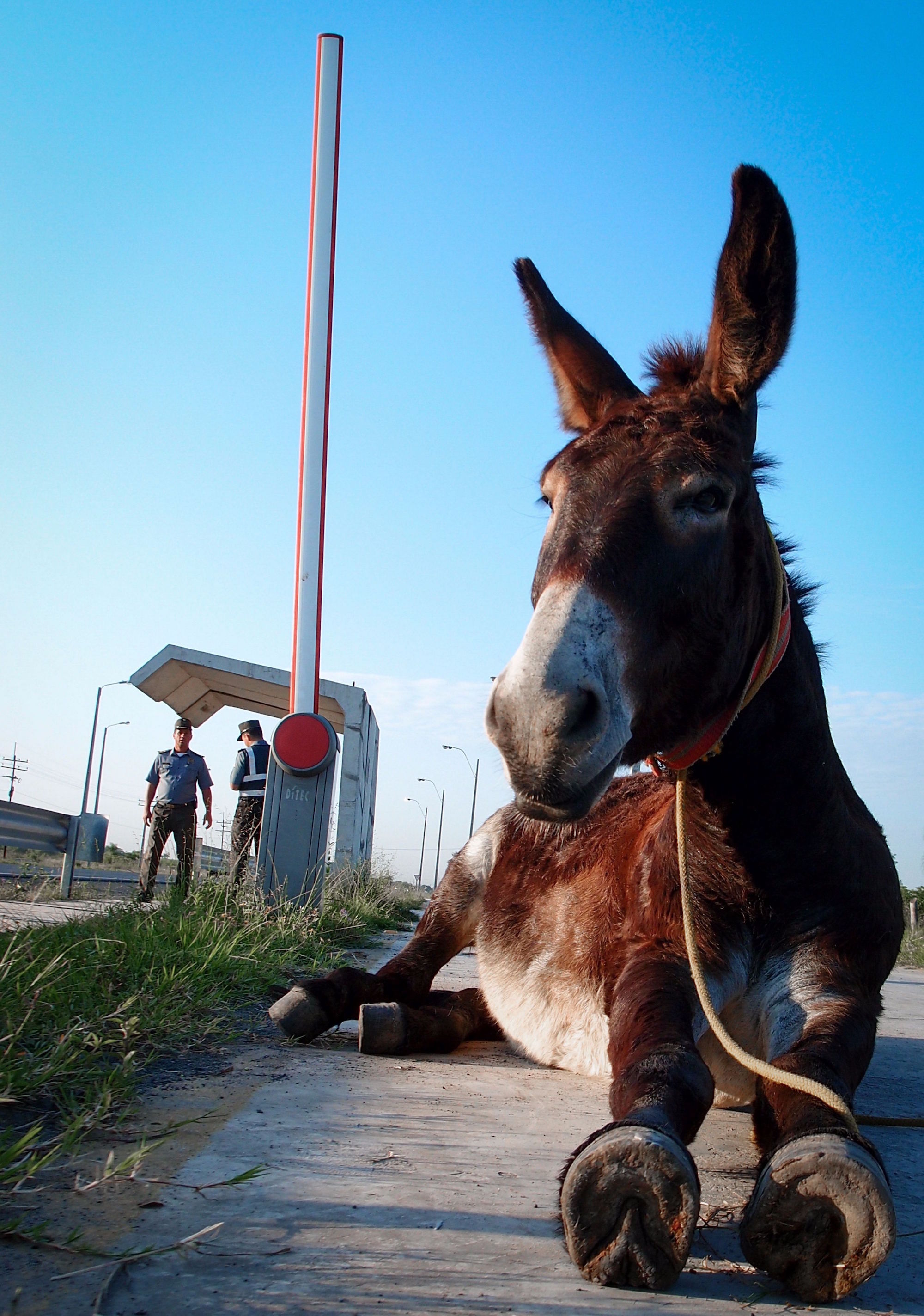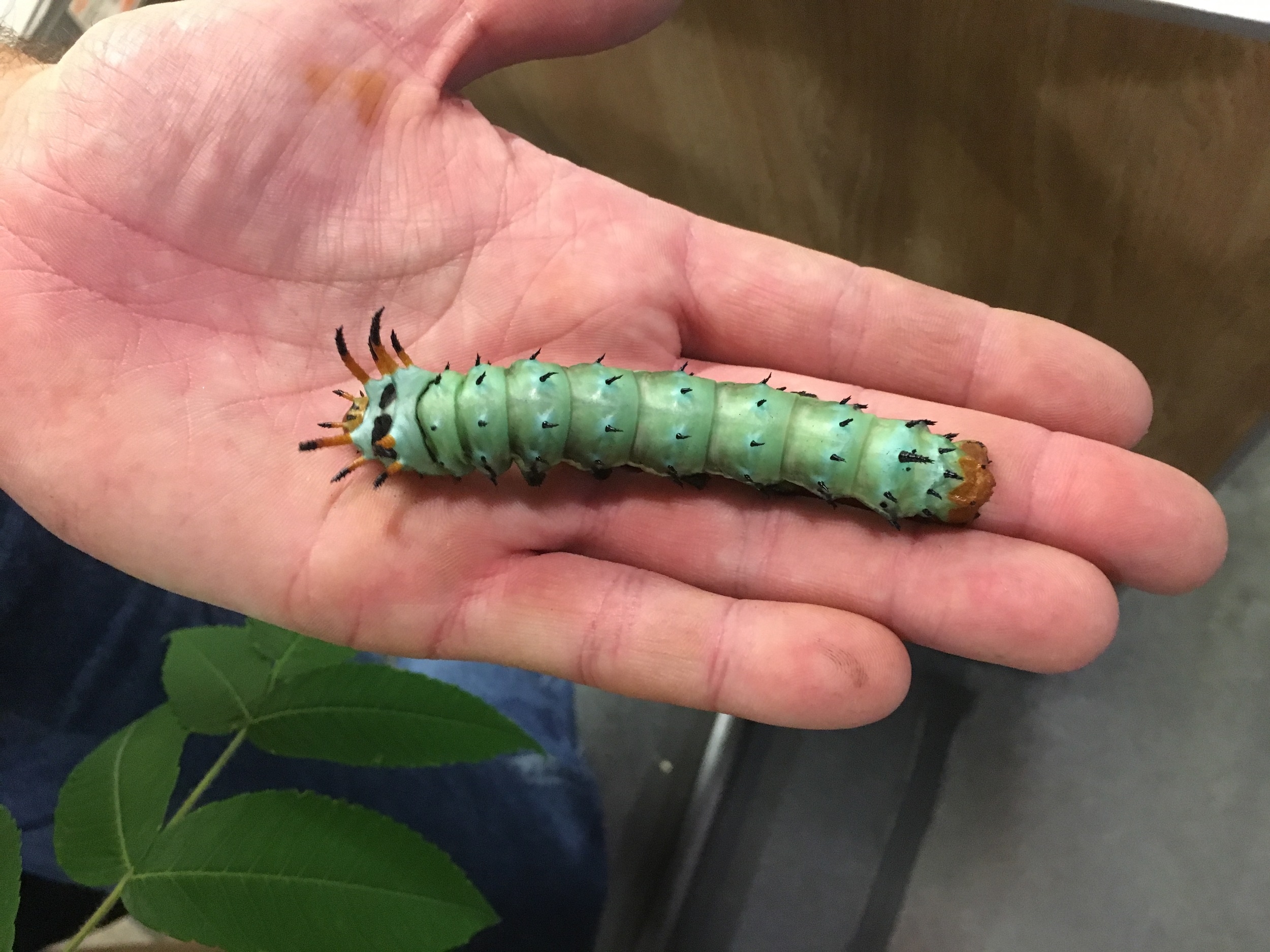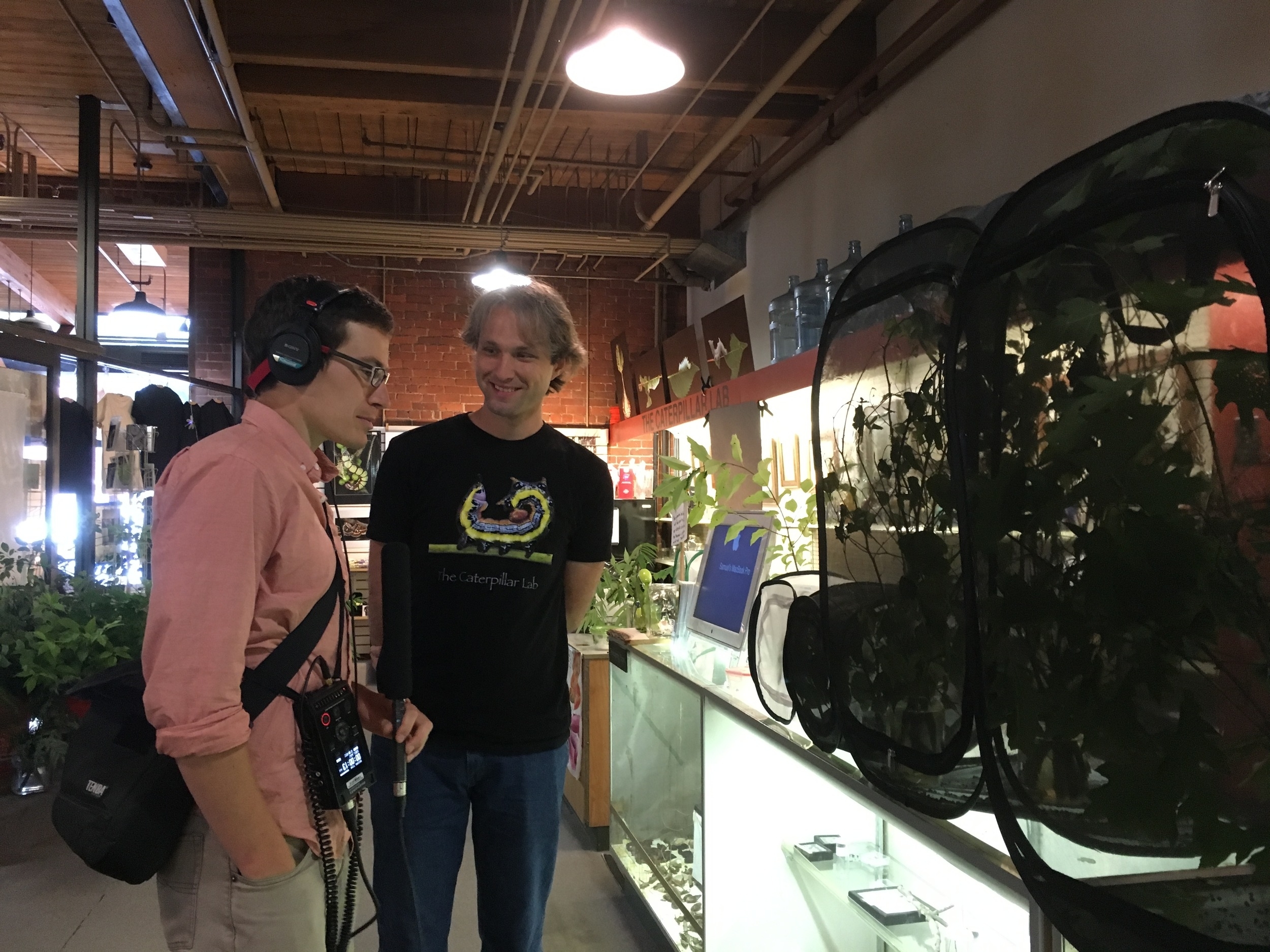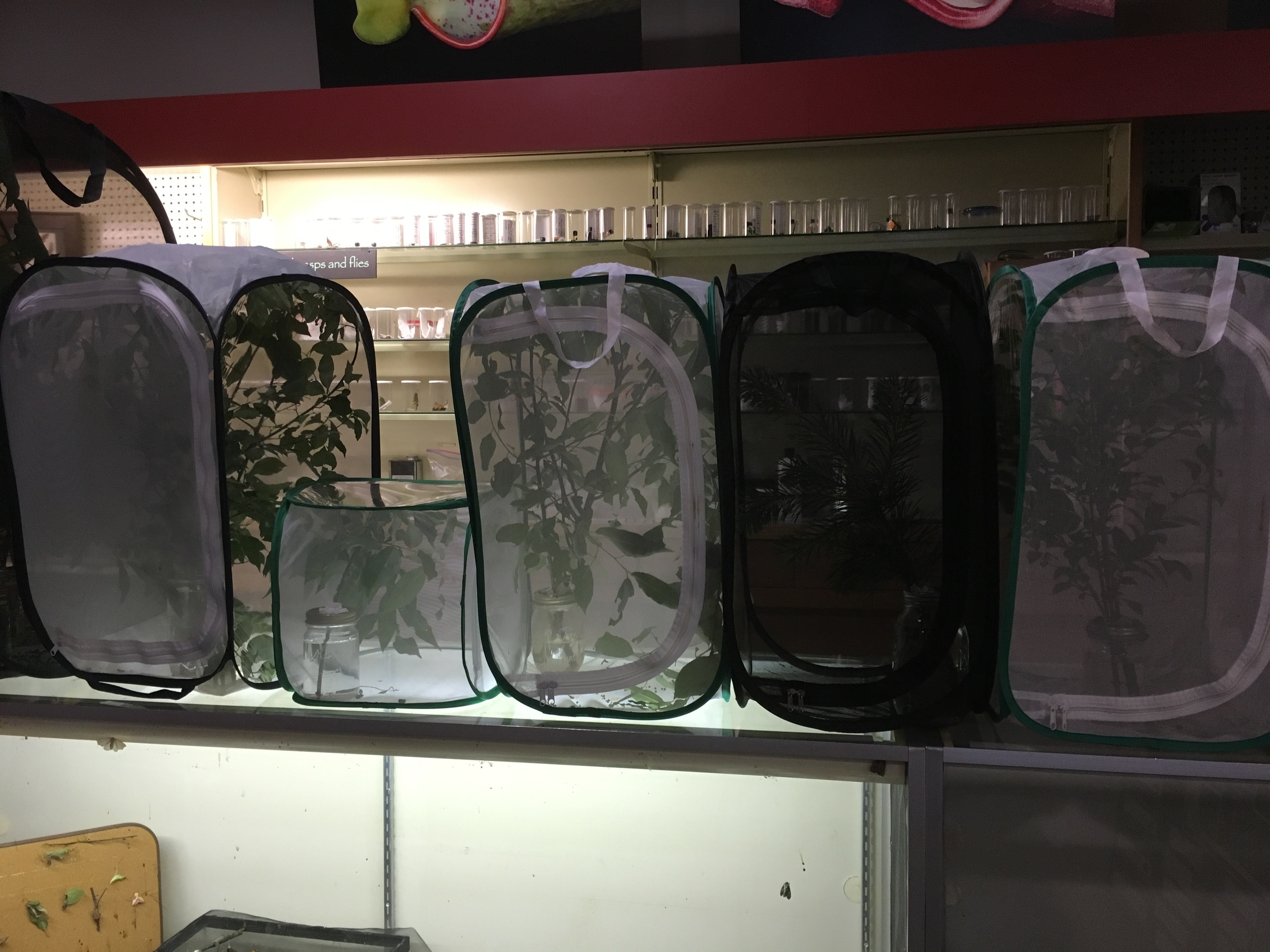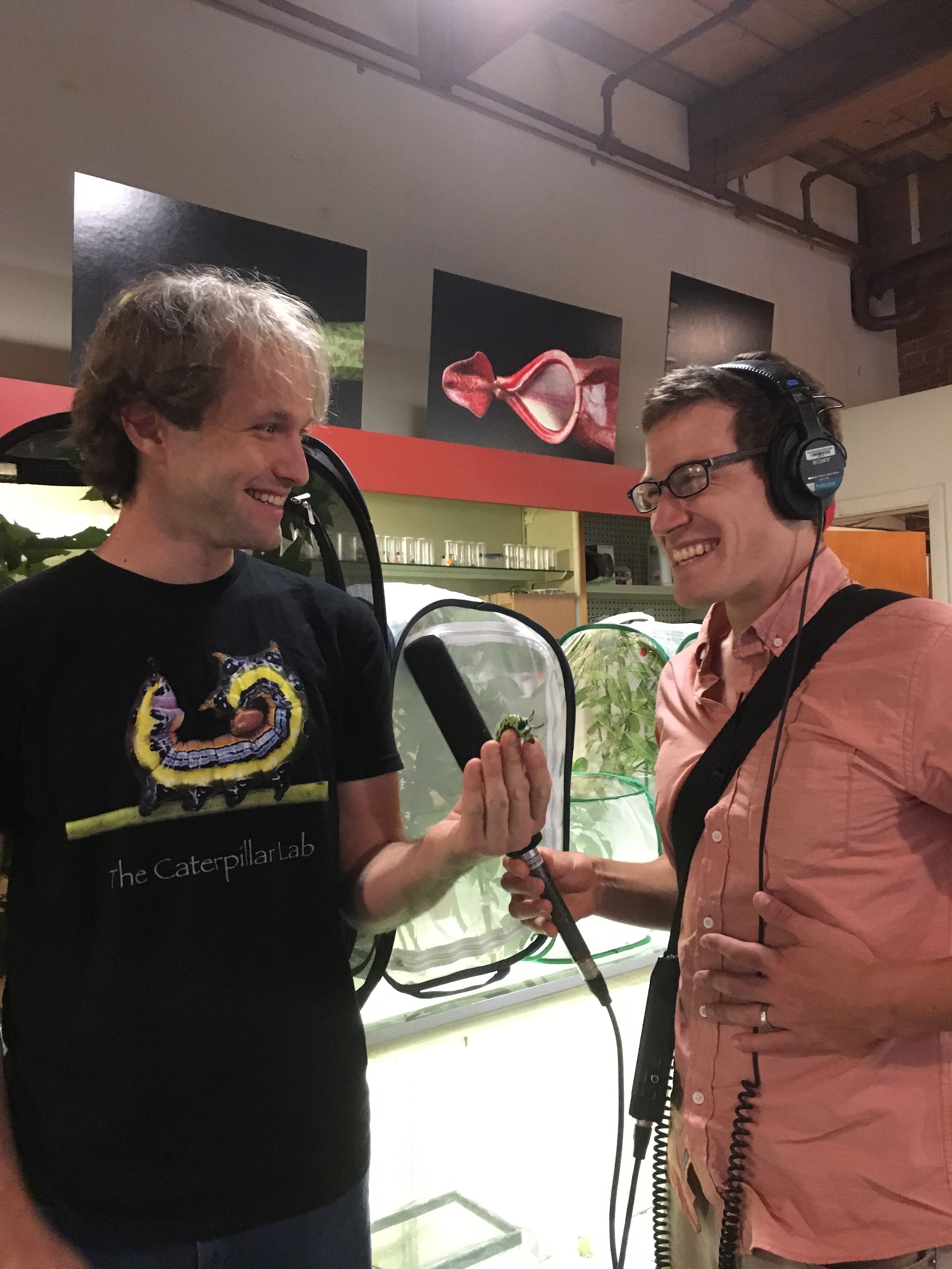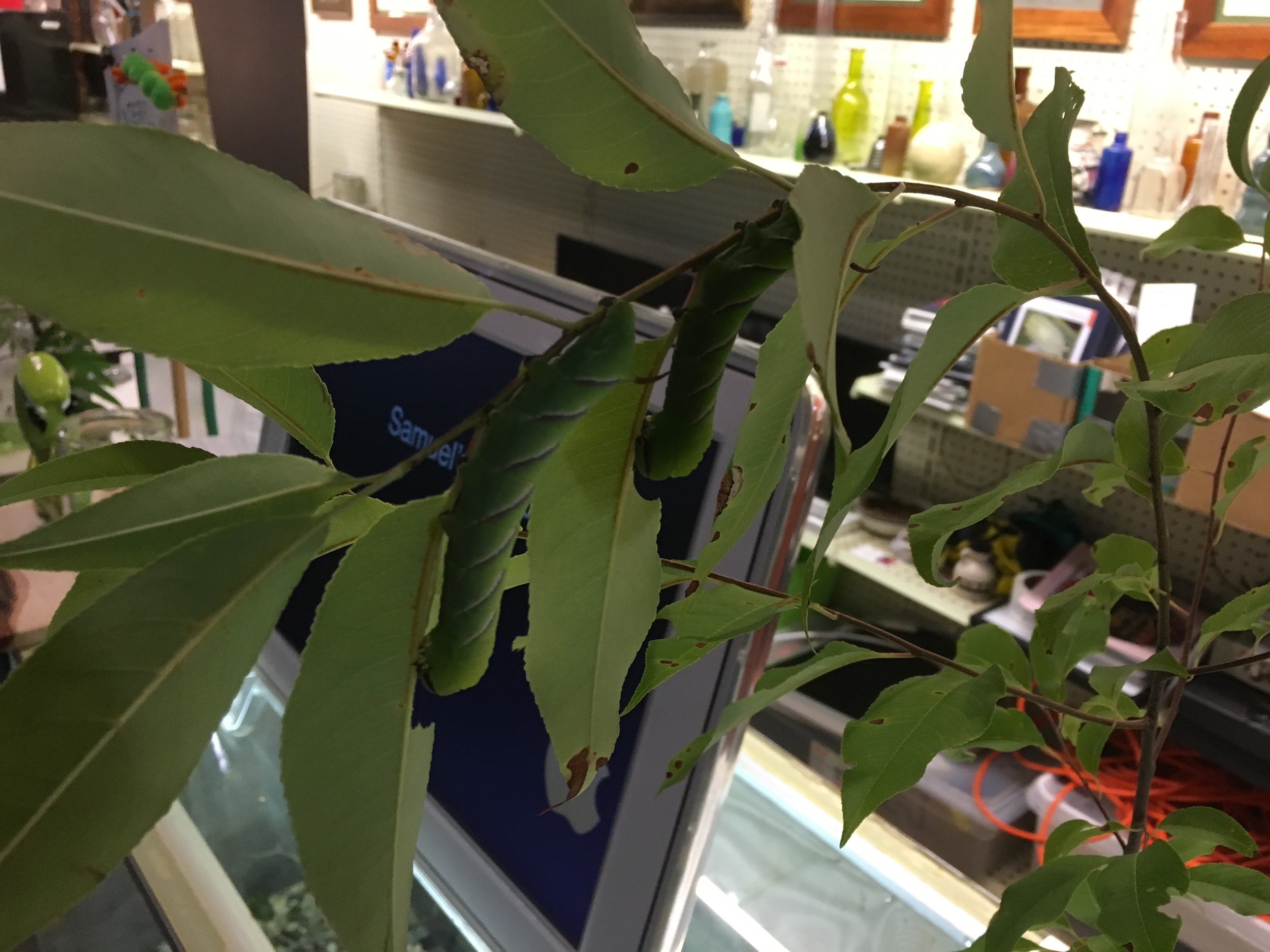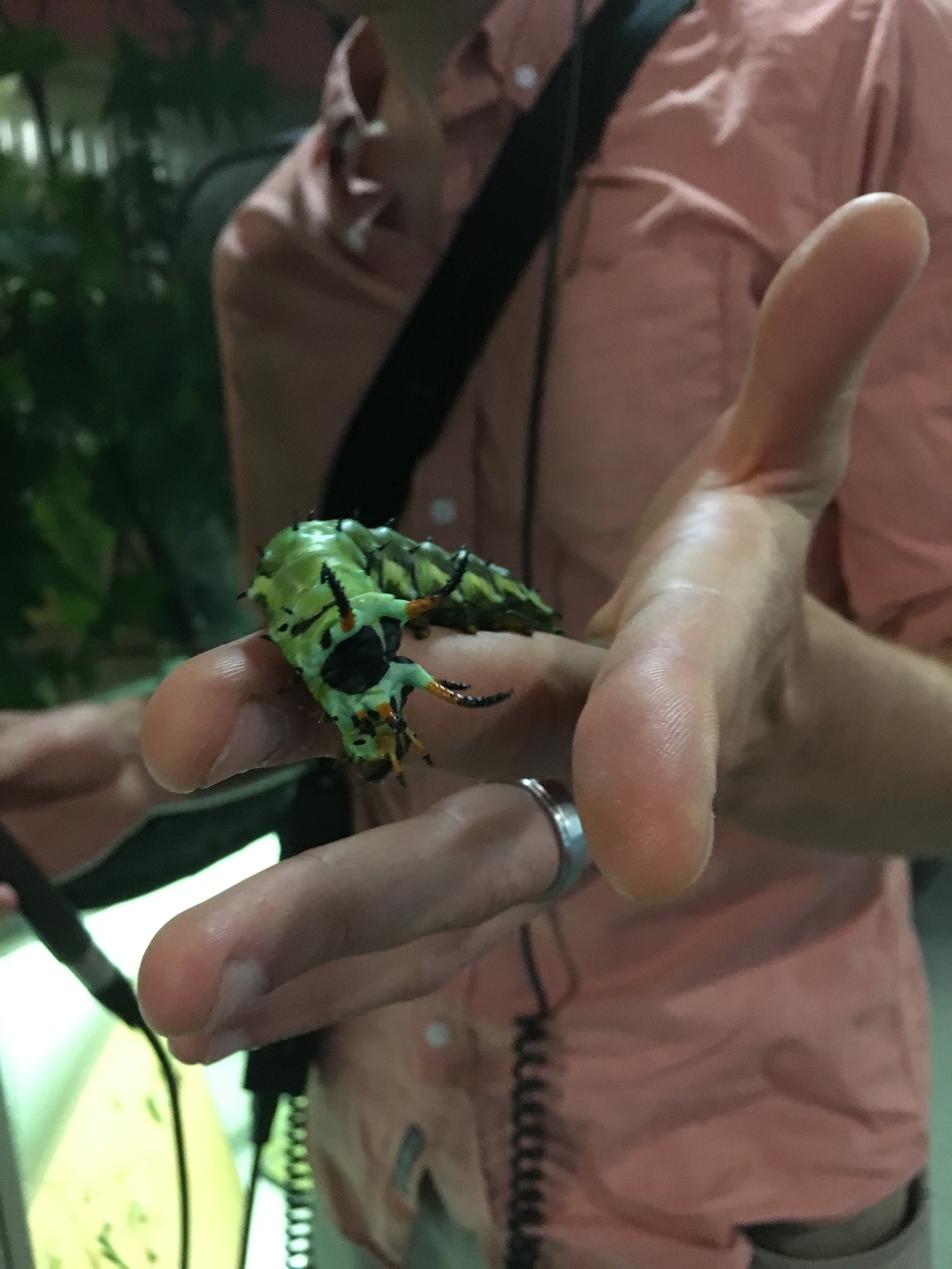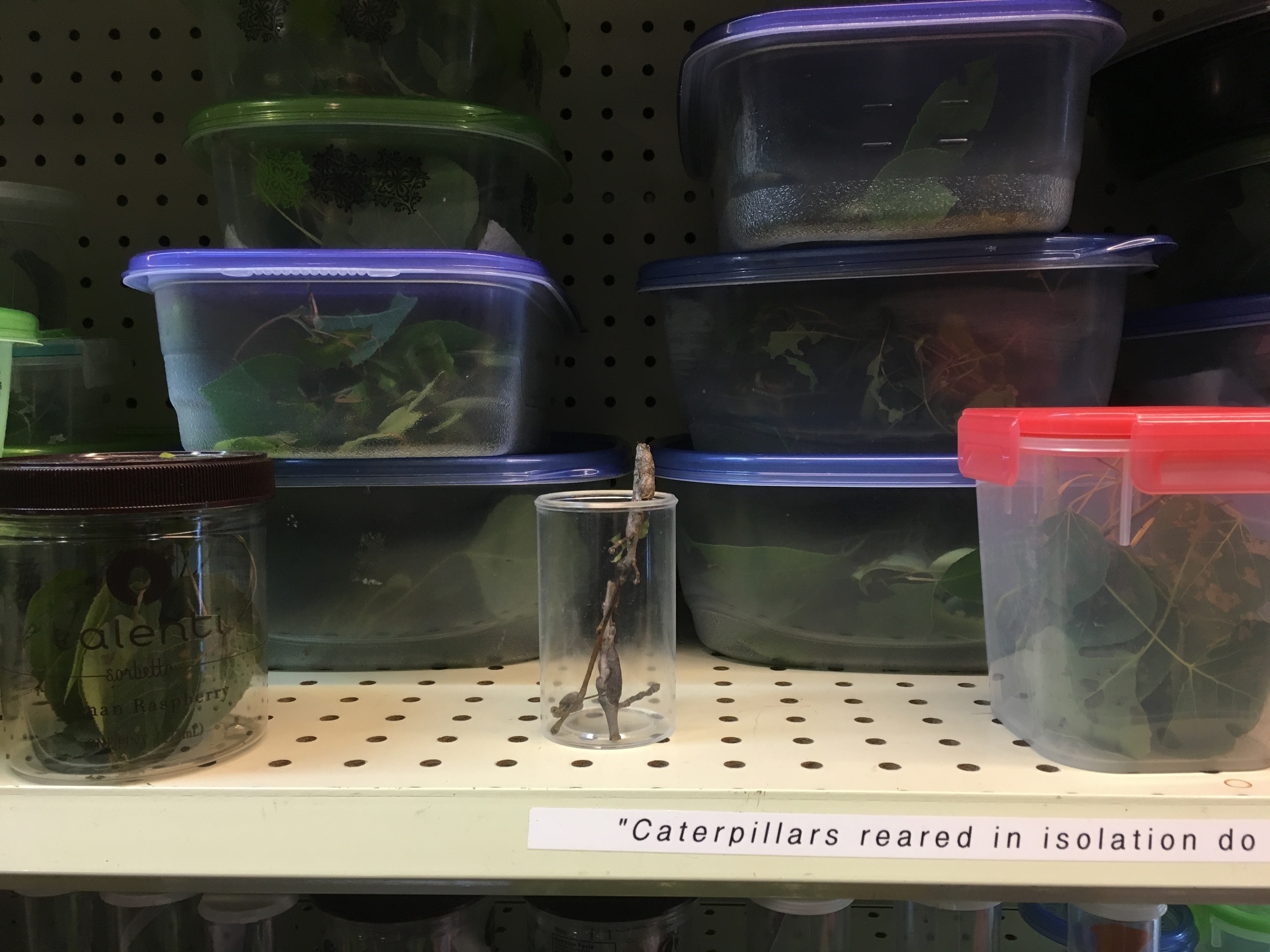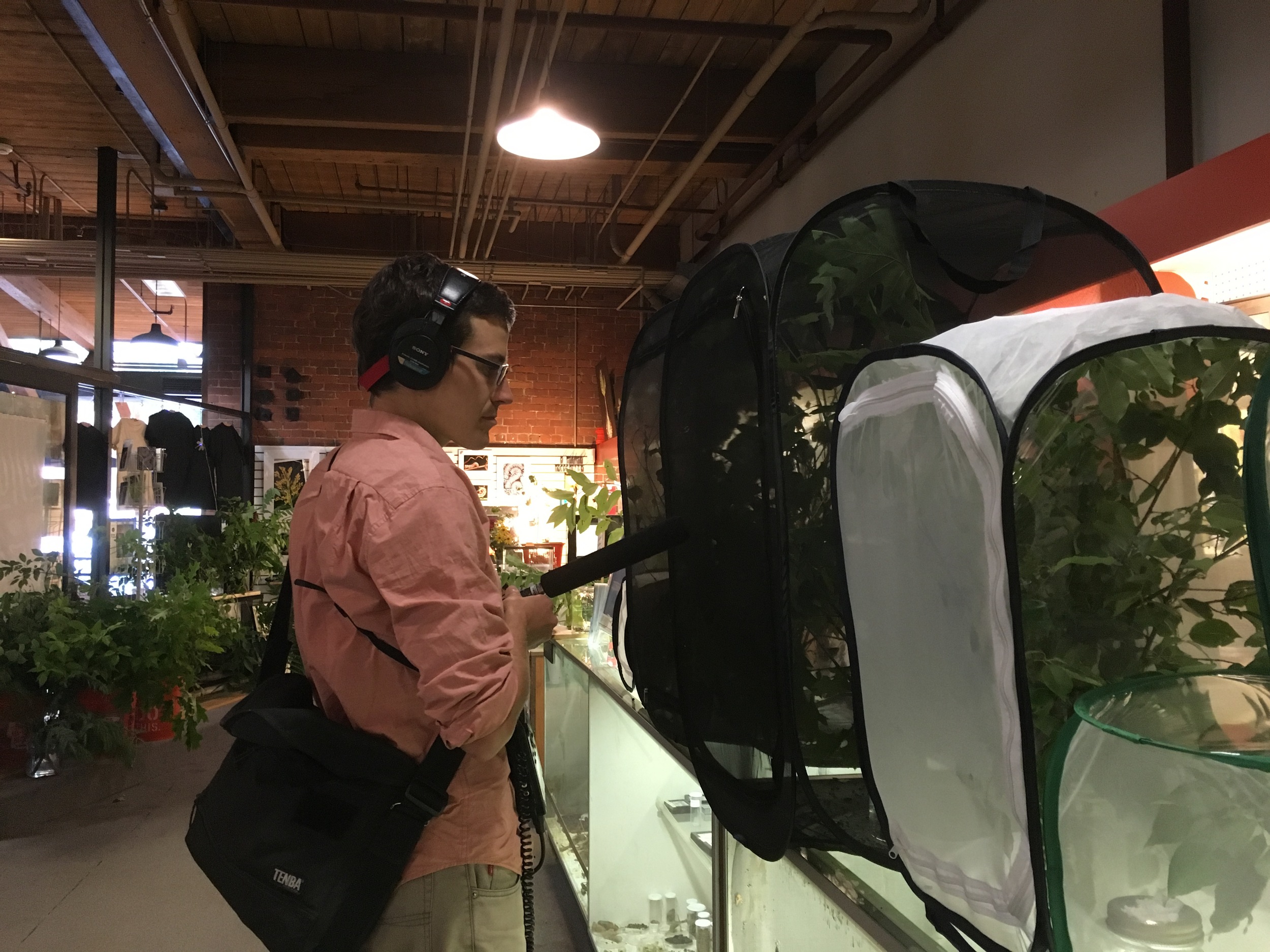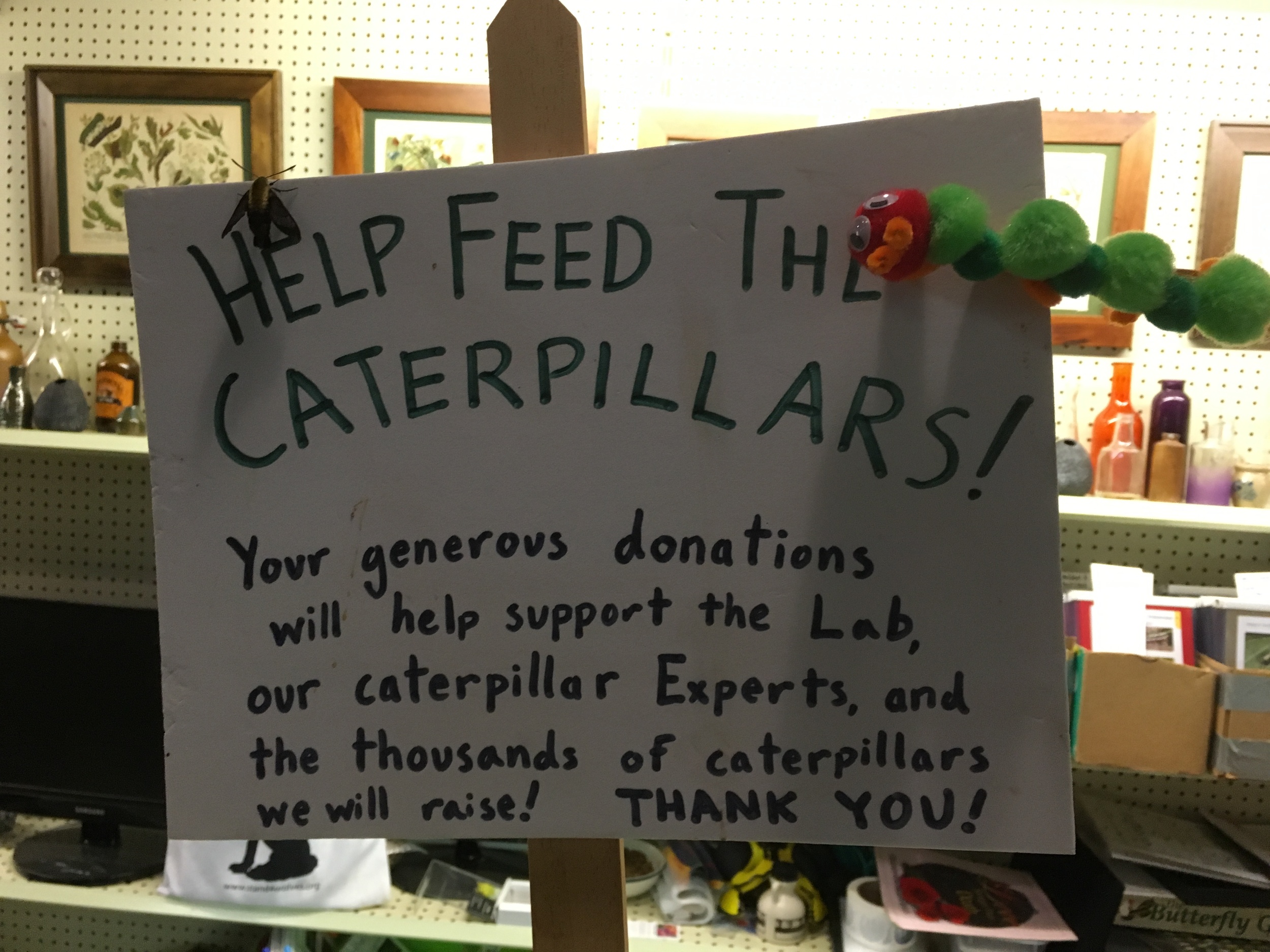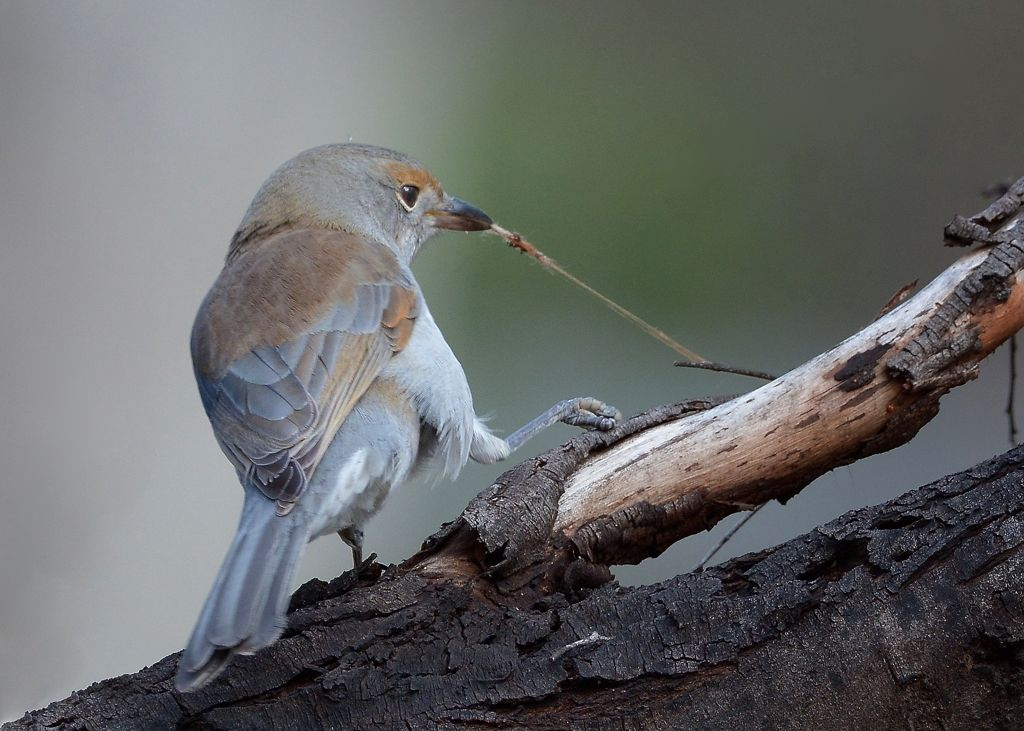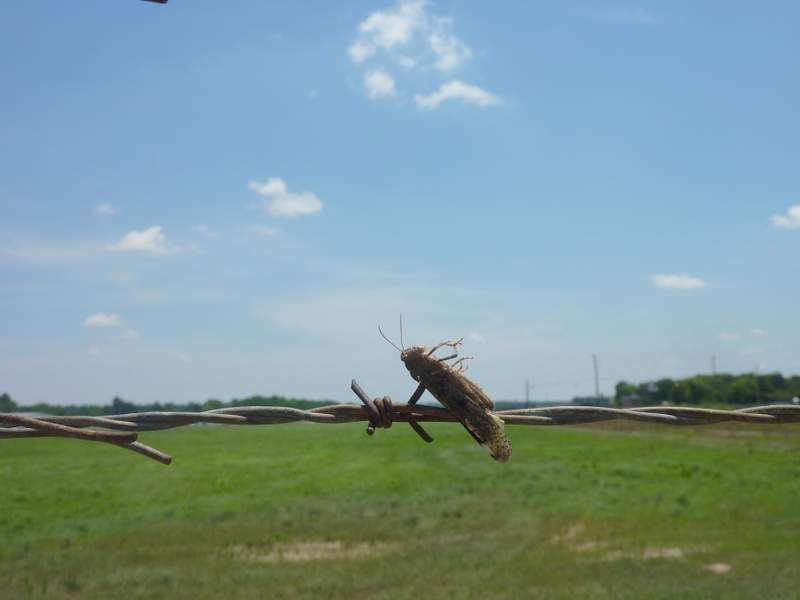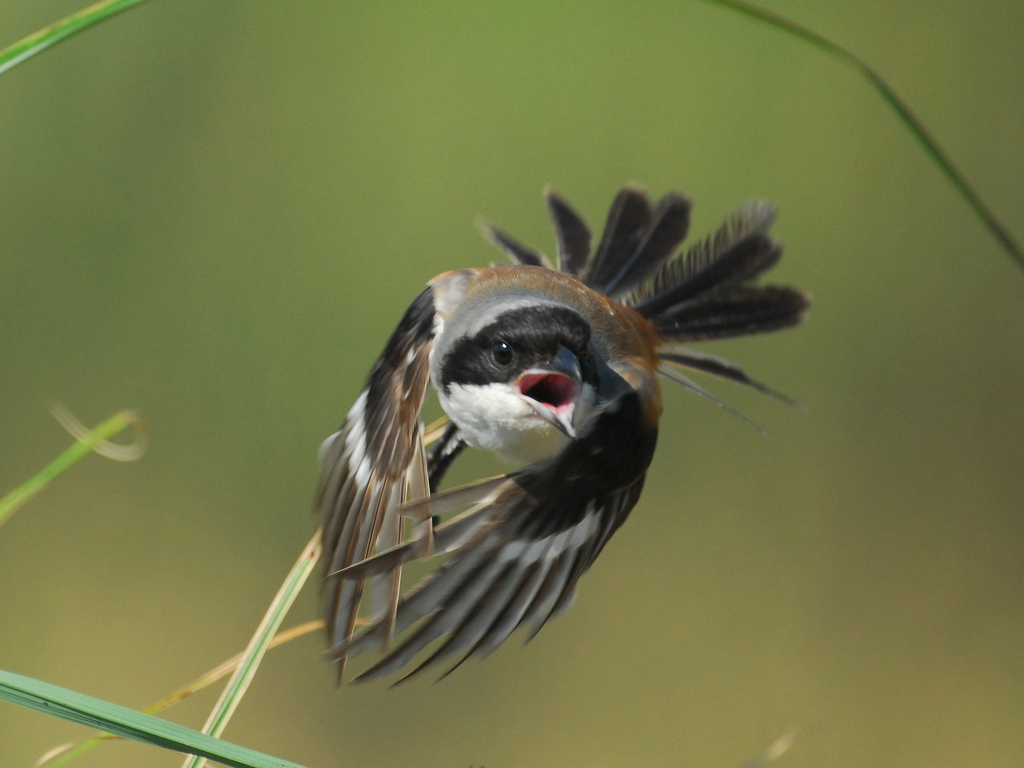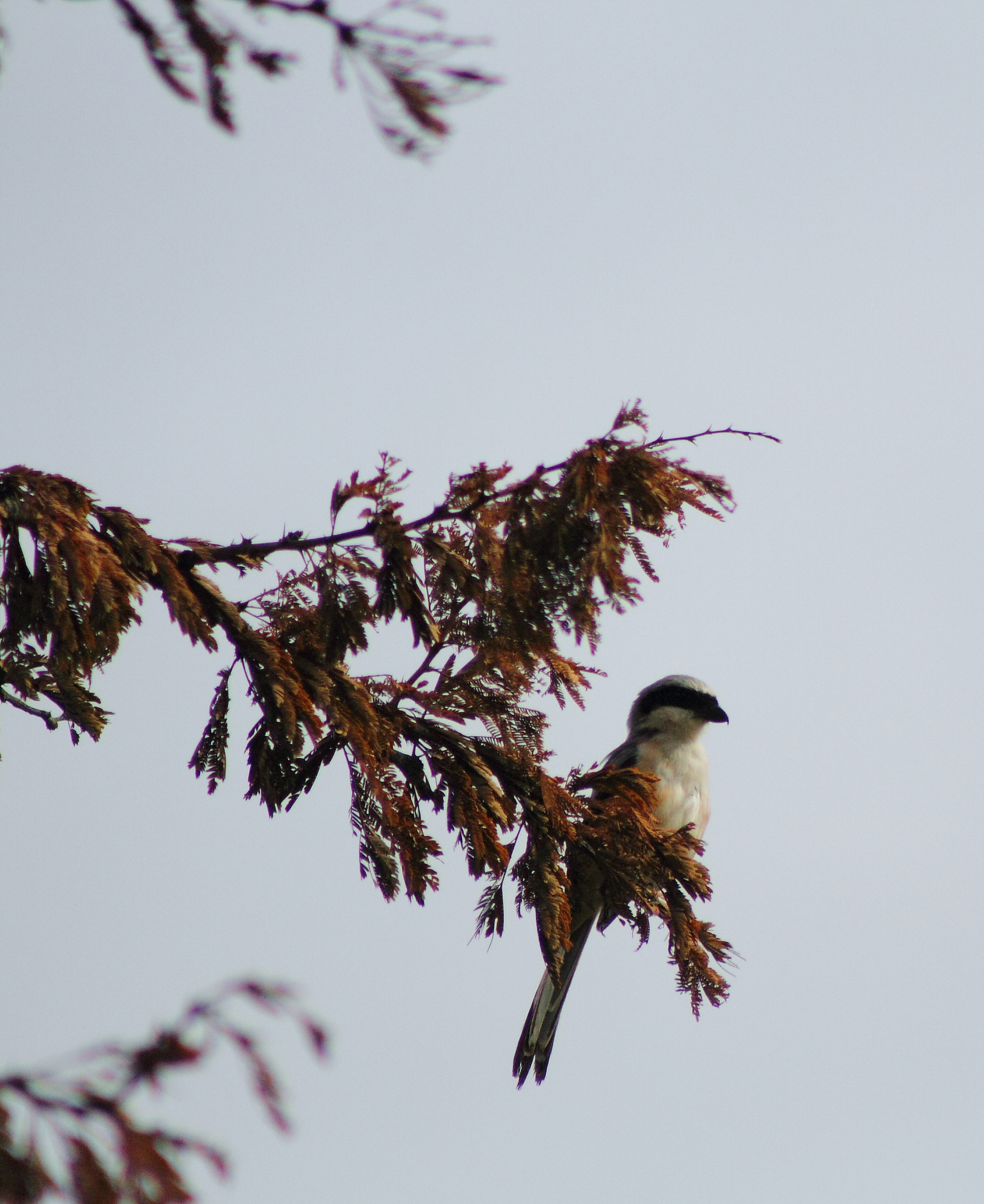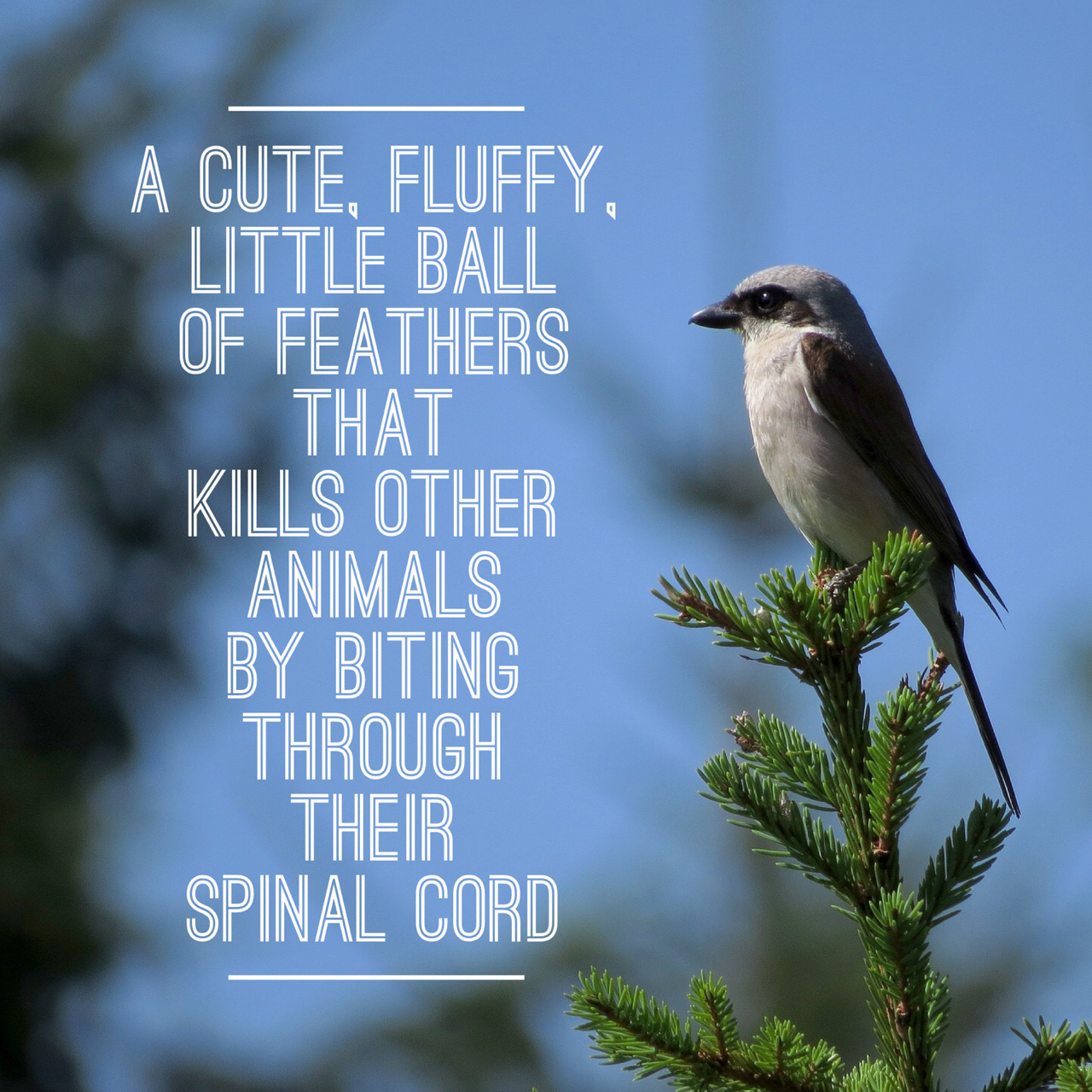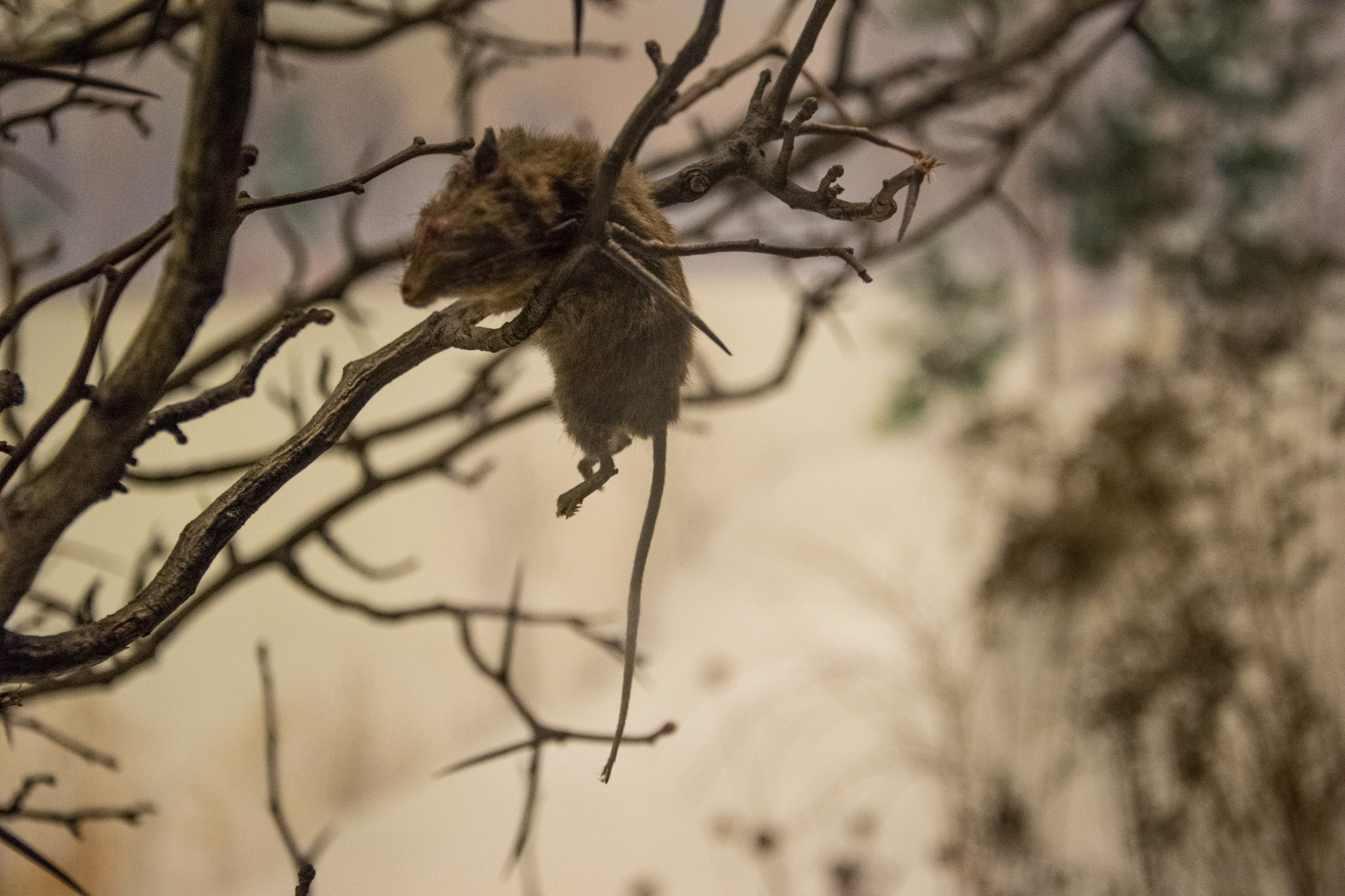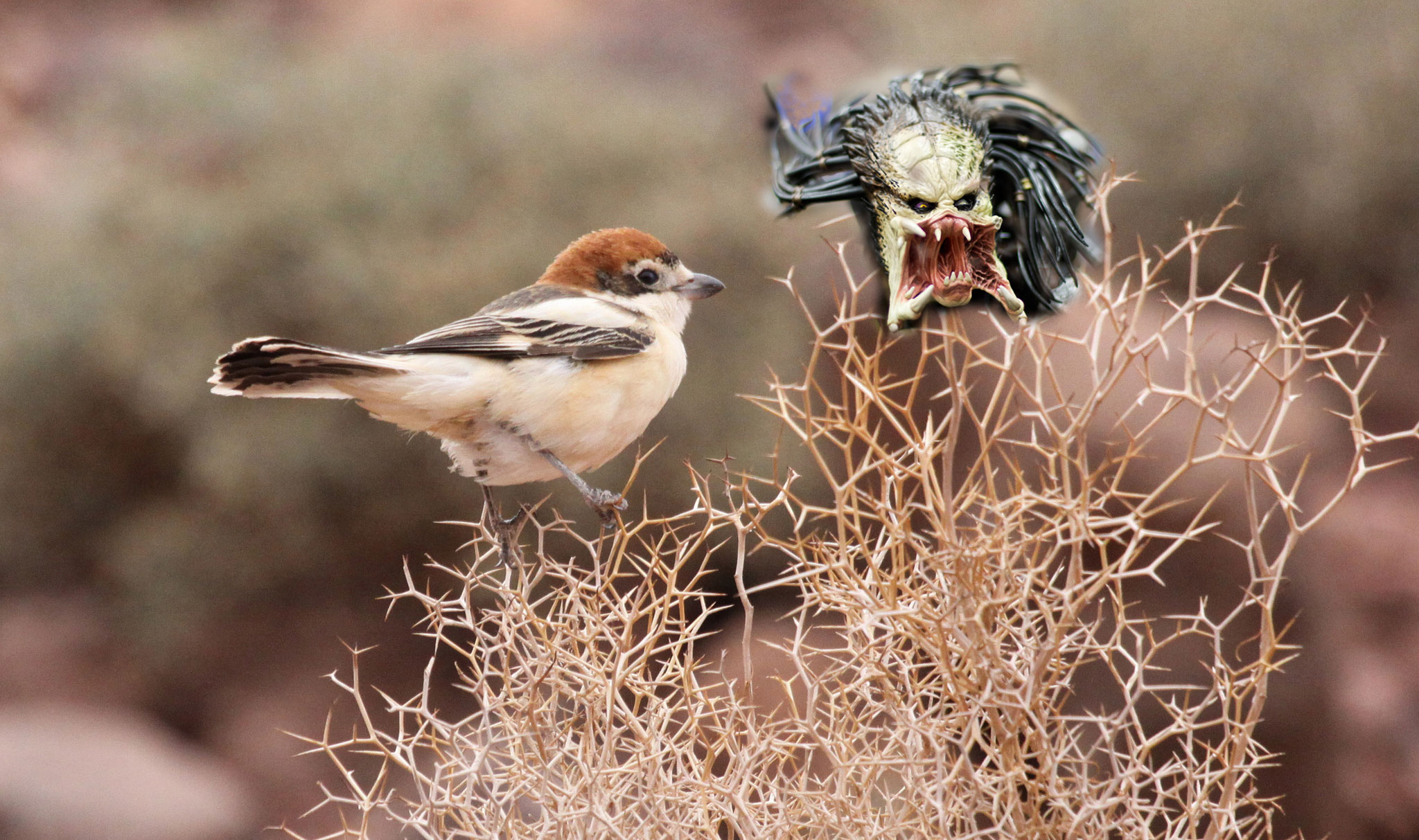Lime & Tabasco
Two young, starry-eyed conservation biologists take a college road trip through Mexico that transforms their outlook on the world. In so doing, they created the foundation for a strategy that would lead them to succeed where heavy-handed government policies had failed. But along the way, they had to get their hands dirty.
In grad school, Wallace J Nichols (or J, for short), wouldn't have been considered the most likely person to help save an entire species. He had hair down to his ass and lived in a teepee on the edge of a national park near the University of Arizona in Tucson. He was a surfer bum, studying ecology.
But J, despite his waywardness, had a deep, abiding love of sea turtles. As a young boy, he would catch turtles in the Chesapeake Bay and, lacking the scientific apparatus to apply a real tag, paint numbers on their shells. J was not accustomed to people sharing this near-fanatic affinity for turtles, but then he met Jeff Seminoff in Tucson. The two of them, they discovered, had both volunteered at the same turtle nesting beach in Costa Rica at different times and they struck up an immediate friendship.
J and Jeff would take Jeff's 1975 Land Cruiser to Baja, Mexico on the weekends, go surfing and scuba diving during the day, and drink tequila around beach bonfires at night. Life was easy. But around that same time, in the early nineties, J and Jeff's favorite animal was in crisis, especially in Baja. Sea turtle populations had tanked so hard in recent years that the Mexican government outlawed hunting them in 1990, and most people thought it was too late to save them.
In their youthful haze, J and Jeff planned a road trip that would take them to every turtle nesting beach in Mexico. But what they saw weighed down the free-spiritedness that had driven them to take this trip. Some nesting beaches, where millions of turtle hatchlings had once drug themselves into the water, were now empty. Ancient fishermen spoke of mythical times long past when one could walk across the Gulf of California on the backs of turtles.
Jeff & J circa 1993 when they were both guiding turtle trips to Pacific Mexico.
Against the advice of professors who told them it was too late, J and Jeff both changed the concentration of their studies to sea turtles; they hoped—with a nearly-deranged confidence common to grad students—they might change the trajectory for a critically endangered species. Mexico's turtle fishing ban had very little discernible impact in improving the turtle's bottom line. Commercial fishing had stopped, but a black market still thrived. Exactly how two suburban kids from the east coast might change a turtle-eating culture that went back centuries remained unclear.
Trying to Catch a Turtle
Jeff Seminoff is now a scientist for NOAA, the National Oceanic and Atmospheric Administration. When I interviewed him in his office a few months ago he acknowledged the difficulty of the quest. "To go in and be an armchair conservationist and tell people not to eat turtle would literally," he said, "have been no different than somebody going into anywhere in the United States and saying you can't eat hamburger anymore. It's illegal."
The government ban wasn't working because eating turtle was deeply embedded in Mexican culture. Poor families in fishing communities ate turtle several times a week for subsistence. Rich people ate it as a show of power, which in turn created a black market. J Nichols told me that for his first couple of years working in Baja, the cultural forces standing in his way seemed insurmountable: "Whether it was a chief of police or a governor, [eating turtle] was something people did with impunity."
To prove they actually had a project worth pursuing, Jeff and J needed to catch a turtle so they could measure and document it for their research, showing that a long term tagging study would be viable. But to do that they needed a knowledgeable fisherman, and that wasn't exactly an easy get. The cultural differences between two middle class grad students and a Baja fisherman can hardly be overstated. Fishing was basically "janitorial status" at the time, J says.
In Juncalito, a small village 700 miles south of the U.S. border, they found Juan de la Cruz. Juan started fishing in 1959, just as the turtle population began to nosedive. He remembered the days when turtle seemed plentiful and he still knew where to catch them. Jeff and J heard he was the greatest turtle hunter they could hope to find, but when they approached him, he told them to go away and not come back.
Jeff Seminoff with the first turtle he and J ever caught.
The Americans didn't have the right permits to catch a turtle and if Juan had been caught by the authorities in a boat with two Americans and a turtle, he would certainly have been facing jail time. They offered Juan a meager amount of money for his time, but Juan said, "No, no, no, I'm afraid if we catch a turtle then you will go to jail and I will have to go with you. Then if I have to go to the jail, I will kill you."
Day after day, J and Jeff showed up at Juan's house trying to convince him to help. They would bring beer and Juan would feed them. Jeff and J met his wife and daughters. Eventually, Juan began to appreciate these two nutty Americans and their hard-headedness. He decided to help. He took his turtle nets out from under a piece of corrugated metal where he kept them hidden and the three of them went out at night to try to catch a turtle.
As Juan dozed off just before sunrise, J heard a splashing in the net. He nudged Juan, but Juan said, "No, no it's probably a sea lion." The splashing continued though and Juan heard the strained breath of a sea turtle. They heaved it into Juan's panga, a Mexican fishing boat, and as a pink sun rose in the background, J shot pictures, while Jeff measured the turtle.
"It was an indication that there was one turtle left," J told me later. "We built our case on that one turtle and on Juan's trust."
Jeff and J pitched research projects, and got grants. During the beginning of the internet boom in the mid-nineties, they put a satellite tracker on a turtle and shared the data. Classrooms full of children watched on computer screens as "Adelita" swam from Baja to Japan. It was the farthest tracked migration of a turtle up to that point.
But their research wasn't converting to actual conservation of the species. They spent time in Mexican classrooms educating young school children about the dwindling population, but most adults still ate turtle regularly.
Lime & Tabasco
J and Jeff were becoming full-fledged scientists. They had the right permits from the Mexican government to catch and release turtle. This made it easier to convince Mexican fishermen to help them, but it didn't mean they had the complete trust of those fishermen. After all, this is two foreigners descending from the United States and telling turtle hunters it's bad to catch turtles to feed their family. If Jeff and J couldn't convince these fishermen to reduce the turtle catch, they—like the Mexican government—had no chance of succeeding.
Many fishermen had asked J during his travels around Baja whether or not he had eaten turtle. Answering honestly, he said no and very frequently, that was the end of the conversation. There was a cultural rift between himself and the fishermen, that he could not bridge. The two halves of J were profoundly conflicted: on one side J's inner child, that little turtle tagger standing on a dock of the Chesapeake Bay; on the other, J the burgeoning conservationist, who knew that to gain the trust of Mexican fishermen he might have to compromise his ideals.
J ultimately made a decision that went against the ethics of many of his scientific colleagues and many environmental activists. The first time he ate turtle, a fishermen had accidentally caught the animal in his net and it had died. J knew the fishermen wouldn't let the meat go to waste, and he felt like it might go down easier if he knew that the turtle hadn't died just so someone could eat it.
But the second time was much harder.
One of J's contacts caught a turtle and J knew he was planning to eat it. J asked the fishermen to save him some research samples, if indeed he did eat the turtle. "Oh you want me to kill this turtle for you," the fisherman replied. J protested, but the fisherman butchered the turtle right in front of him. His wife served the liver, sliced, with tabasco sauce and lime wedges.
J still didn't know how to build a movement of fishermen dedicated to saving turtles, but he felt like eating that liver was somehow a step toward making it happen.
Grupo Tortuguero
The idea of not eating turtle wasn't widely catching on in most places where Jeff and J were working across Baja, but in one community fishermen were beginning to become receptive. Jeff Seminoff focused all of his turtle research in the community of Los Angeles Bay and J often worked there too. Jeff estimates the two of them dropped $50,000 a year in research money there, and paying volunteers began coming to LA Bay to assist in their work. Local fishermen began to realize that there could be money in this conservation thing.
While Jeff was working in just the one community, J was driving around Baja working with fishermen in many different places, and several fishermen, including Juan de la Cruz, asked J about the other fishermen he worked with. They wanted to know who the other fishermen were, where they lived, how many turtles they caught. As J was driving one day, the idea dawned on him: why not bring this informal network of fishermen together? Get them all in the same room and talk about how it might be possible to reduce the turtle catch.
Close-up of the first turtle Jeff and J ever caught.
J told Jeff Seminoff about the idea and they mashed it around together to come up with a plan. They scraped together enough money for beer, tacos and some hotel rooms and held the meeting on a weekend. They even invited, in J’s words, “the biggest, most badass poachers of all time” to show up. They were taking a big risk. If the endgame is for two foreign scientists to tell a room full of badasses to stop doing what they do, the chances of those people getting angry or walking out is high.
But it wasn’t just foreigners at this meeting; they had allies. Instead of bringing out charts and talking about the decline of turtles, Jeff and J got help from people they’d already convinced like Juan de la Cruz. “I’m worried that if we keep catching the turtle my grandkids will never be able to meet them,” Juan told everyone. The second decision they made involved compromise, just like J’s initial decision to eat turtle. Instead of asking people to stop catching turtle, period, J and Jeff asked if everyone in the room could “throw one back.”
“Because if they can throw one back maybe it can be two or three,” said Jeff Seminoff. “And once we start the dialogue then maybe we can get people potentially to a place of not eating turtles at all anymore.”
Everyone agreed to throw one back, though Jeff and J had no way of knowing if they would stick to it. They also agreed to meet again next year, and chose a name. They settled on Grupo Tortuguero. There’s not a great English translation, but “Turtle Hunter Group” is probably best.
Their work didn’t go unnoticed. Everyone knew about these two crazy gringos who wanted everyone to stop eating turtle; but once it seemed like they might actually have an impact, some people got mad, especially those whose pocketbooks might get hit hardest.
A man involved in trafficking, who also had tons of political clout—J wouldn’t say who it was—once told J to his face, in public, “Get out! Don’t mess around with that or you’re gonna have problems.”
Another time, at a fishing camp far from removed from the safety of crowds, J found a picture of his face pinned to a wall with a bullseye drawn around it.
Chuy Lucero, field director of Grupo Tortuguero, tagging a green turtle
Getting Closer
J told me once, “If there’s one turtle champion that’s terrible actually: you need thousands. And so how do you get from one or two or five to one thousand or two thousand or five thousand fighting for the species?” The strength of the group that Jeff and J formed is that, in the end, it answered that question. Threats to just the two of them would not be enough to stop what eventually became a changing culture.
In the second year of the meeting, Jeff and J were impressed. More people showed up and this time everyone had a story of throwing a turtle back—even those big, badass poachers. The story could end here, with Jeff and J getting fishermen to buy into the idea of saving turtles. But they took it one step further.
J and Jeff also made an effort to cut themselves out of the picture and start putting research money directly into the hands of community members. Jeff says they wanted to make people “junior biologists.” That first meeting brought representatives from only a handful of communities. Now Grupo Tortuguero has members in more than 75 communities. Some of those members are paid and some are volunteers. Many of the paid people are former fishermen.
J describes it this way: “So if Uncle Jose works at GT he could have a pretty big shadow in his family and in his community.” Maybe he’s not influencing 100 percent of the community, “but it is enough to give sea turtles a chance.”
They’ve done more than give them a chance. While some turtle species are still struggling in Mexico, others have rebounded greatly since J and Jeff arrived. Green turtles (known as black turtles in Mexico) have increased their numbers more than 20-fold on some beaches. J Nichols likes to imagine a day when he'll be able to sit with Juan de la Cruz and share a beer, as their kids and grandkids play in the waves and sea turtles swim—again as abundant as bison used to be on the plains—around and beneath them. That day hasn't arrived yet. But because of the work of Grupo Tortuguero it is closer.
Outside/In was produced this week by:
Will Huntsberry with help from Sam Evans-Brown, Taylor Quimby, Molly Donahue, Hannah McCarthy, Jimmy Gutierrez, Ben Henry, and Logan Shannon
Special thanks to Julio Solis, Matty Plau, and the folks at Red Travel for helping out down in Baja.
Music from this week’s episode came from Jason Leonard, Komiku, Ari De Niro, Blue Dot Sessions, and Broke For Free.
Our theme music is by Breakmaster Cylinder.
If you’ve got a question for our Ask Sam hotline, give us a call! We’re always looking for rabbit holes to dive down into. Leave us a voicemail at: 1-844-GO-OTTER (844-466-8837). Don’t forget to leave a number so we can call you back.




